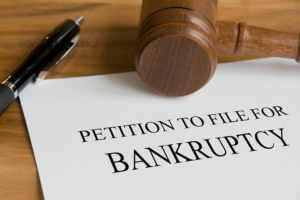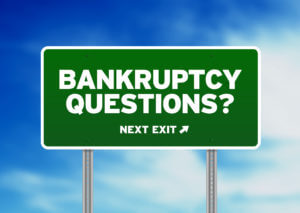Pittsburgh Bankruptcy - We Can Help
Get A Fresh Start – Call Today – 412-373-5578

Bankruptcy Basics
The Basics of Bankruptcy
Chapter 7 bankruptcy basics: How Does it all Work?
A little knowledge goes a long way in dispelling fear of what, for most people, is completely unknown and mysterious. In fact, it is likely that aside from bankruptcy attorneys and debtors who have actually experienced the process, most people would be entirely unfamiliar with how the whole process works. Which understandably causes anxiety, perhaps even fear. If you’re looking at a possible of bankruptcy, then, having at least a general outline of how the process works might go a long way toward putting your mind at ease. So here is the thumbnail sketch of the Chapter 7 bankruptcy process and procedure, from beginning to end.
Pre-Filing
Before a debtor may have his bankruptcy case filed, he must take a credit counseling course. This course, fortunately, does not require that the debtor actually go to a class; rather, the class can be done online or via telephone. The fee for this class generally ranges from $20 to $30, and can even be waived by demonstrating hardship if, for example, the debtor’s only source of income is social security.
Filing the Petition to file bankruptcy
The credit counseling certificate is then included along with what is called a ‘petition’, which is really just a list of your assets, liabilities, income, and living expenses. Your attorney will prepare this petition for you from the information contained in your pay stubs, W-2’s, tax returns, credit card statements etc. and, if applicable, mortgage and vehicle loan papers. Since about 2003, petitions are filed electronically (in the same way that taxes are often e-filed). This means that, if necessary, they can be done very quickly, which may be of great importance if you’re faced with an urgent deadline such as an upcoming lawsuit or even a sheriff sale.
Post-Filing
Upon the filing of your bankruptcy petition, the court will assign a ‘case trustee’. He or she is simply the person entrusted by the court to review your petition for completeness and accuracy, and to confirm that information from the debtor personally at what is called a “creditors’ meeting”, which typically occurs 4 or 5 weeks after the filing of the petition. This ‘oral examination’ is not at all lengthy, usually just 5 minutes or so assuming your petition contains no errors or complications. Your lawyer will be with you at this creditors’ meeting to help you answer the questions, and to resolve any issues that might arise.
Not more than 60 days after that meeting, a second credit counseling course must be completed before your case is eligible for discharge. As with the first course, this second course may be completed online or via telephone. The fee is again $20 to $30 per household.
About 2 months after the creditors’ meeting, you will receive in the mail from the Bankruptcy Court an official Discharge Order. That’s just over 3 months altogether from the time your petition is filed until your case is closed and your debts are officially discharged.
Recap
Most cases follow this general pattern, assuming your petition is complete and accurate, and that neither your assets nor your income exceed the statutory limits for Chapter 7 filers. To ensure that your case does proceed smoothly and without any unwelcome surprises, you should always have an experienced bankruptcy attorney with you throughout the process.

